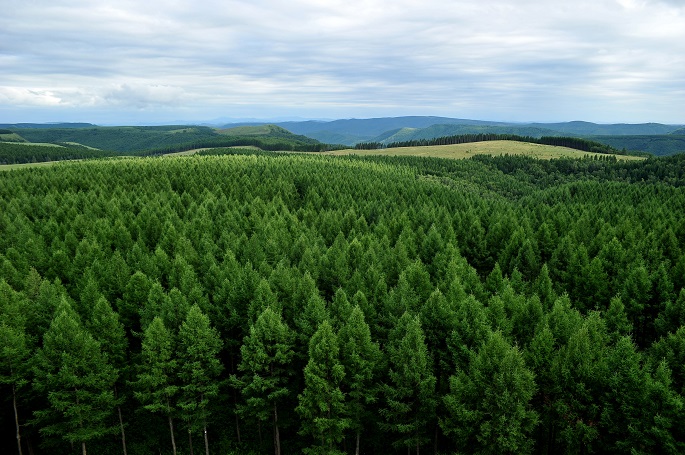Young, re-growing forests store more carbon dioxide than tropical ones: study
Published : 19 Feb 2019, 00:07
A study has shown that more than half of the carbon reservoir in the world's forests is in those where tress are relatively young or under 140 years old rather than in tropical rainforests.
Those trees tend to regrow on land previously used for agriculture and it is their young age that is one of the main drivers of the carbon uptake, according to the study published on Monday in the journal Proceedings of the National Academy of Sciences.
It came after a NASA satellite data-based study last week showing that China's ambitious tree-planting programs and intensive agriculture contributed at least 25 percent of the foliage expansion since the new century.
Forests are widely recognized as an ecosystem capable of capturing and storing large amounts of carbon dioxide, but the dense tropical forests have been assumed to be play major role in soaking up the greenhouse gases.
Researchers at the University of Birmingham analyzed the global biosphere using a new combination of data and computer modeling and found that the new forests sucked up large amounts of carbon not only due to fertilization effects but also due to their younger age.
The age effect accounted for around one-fourth of the total carbon dioxide absorbed by forests, according to the study.
Also, the age-caused carbon uptake was primarily situated not in the tropics, but in the middle and high latitude forests. Therefore, the large-scale reforestation programs in China are making a major contribution to this carbon sink.
"It's important to get a clear sense of where and why this carbon uptake is happening, because this helps us to make targeted and informed decisions about forest management," said Tom Pugh with the Birmingham Institute of Forest Research.


